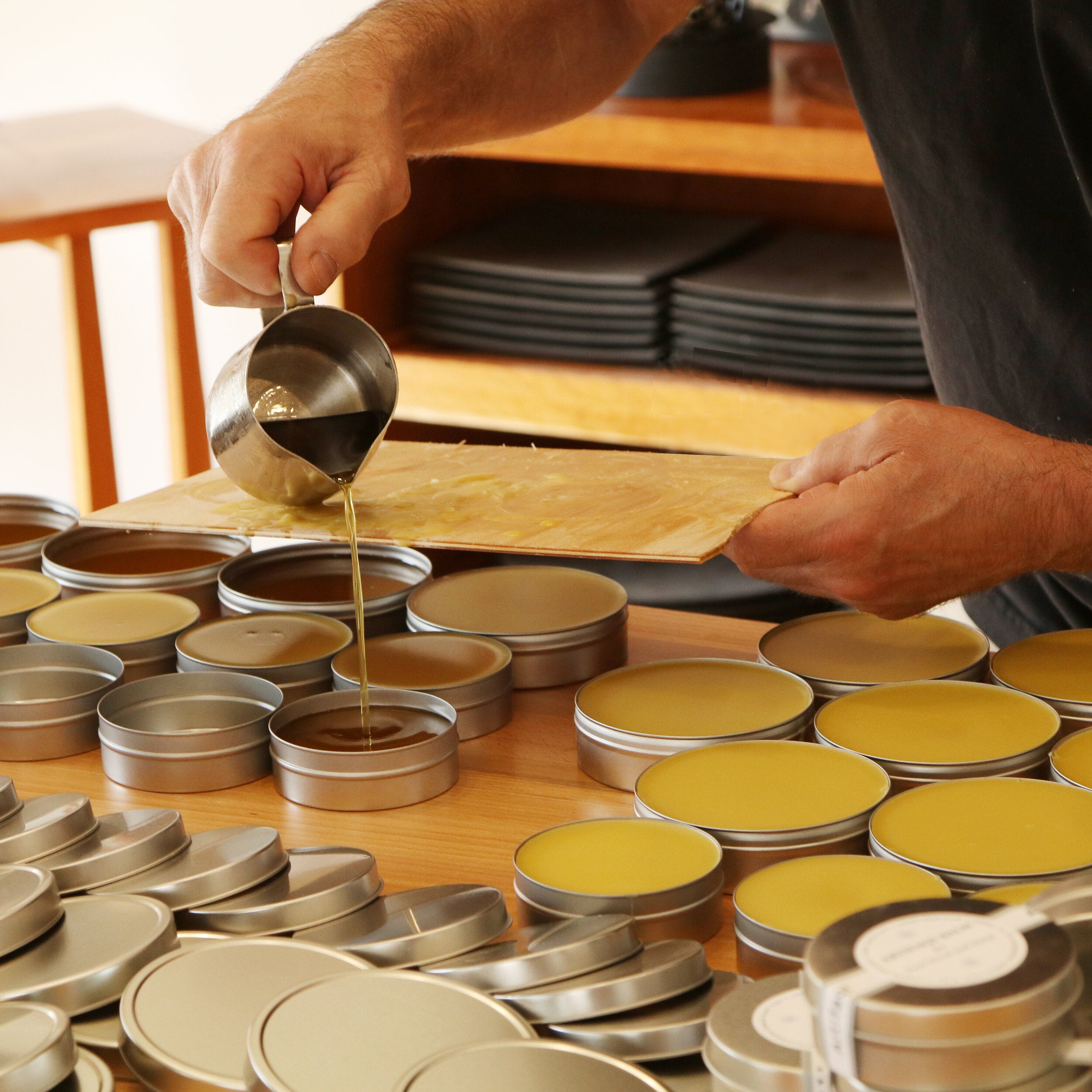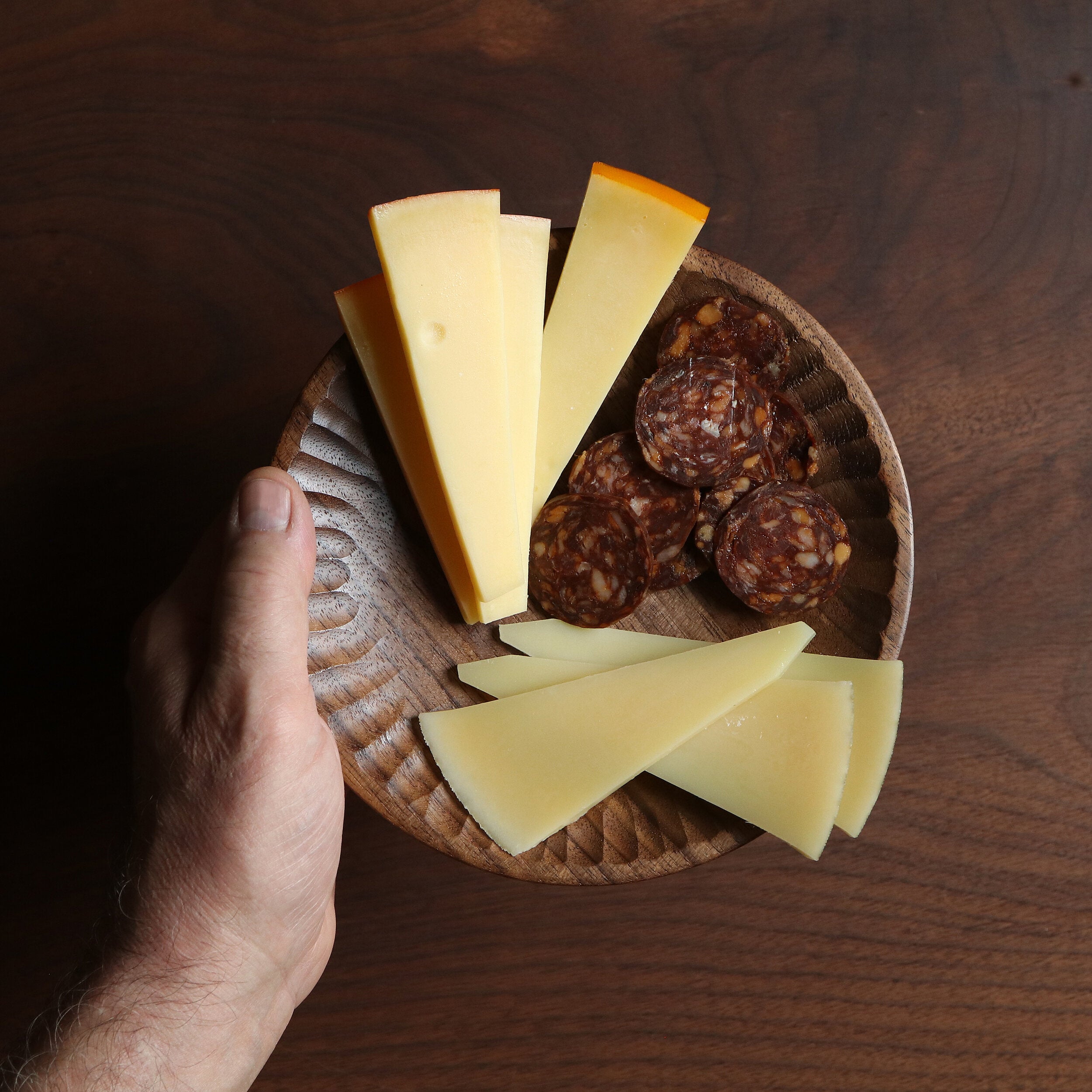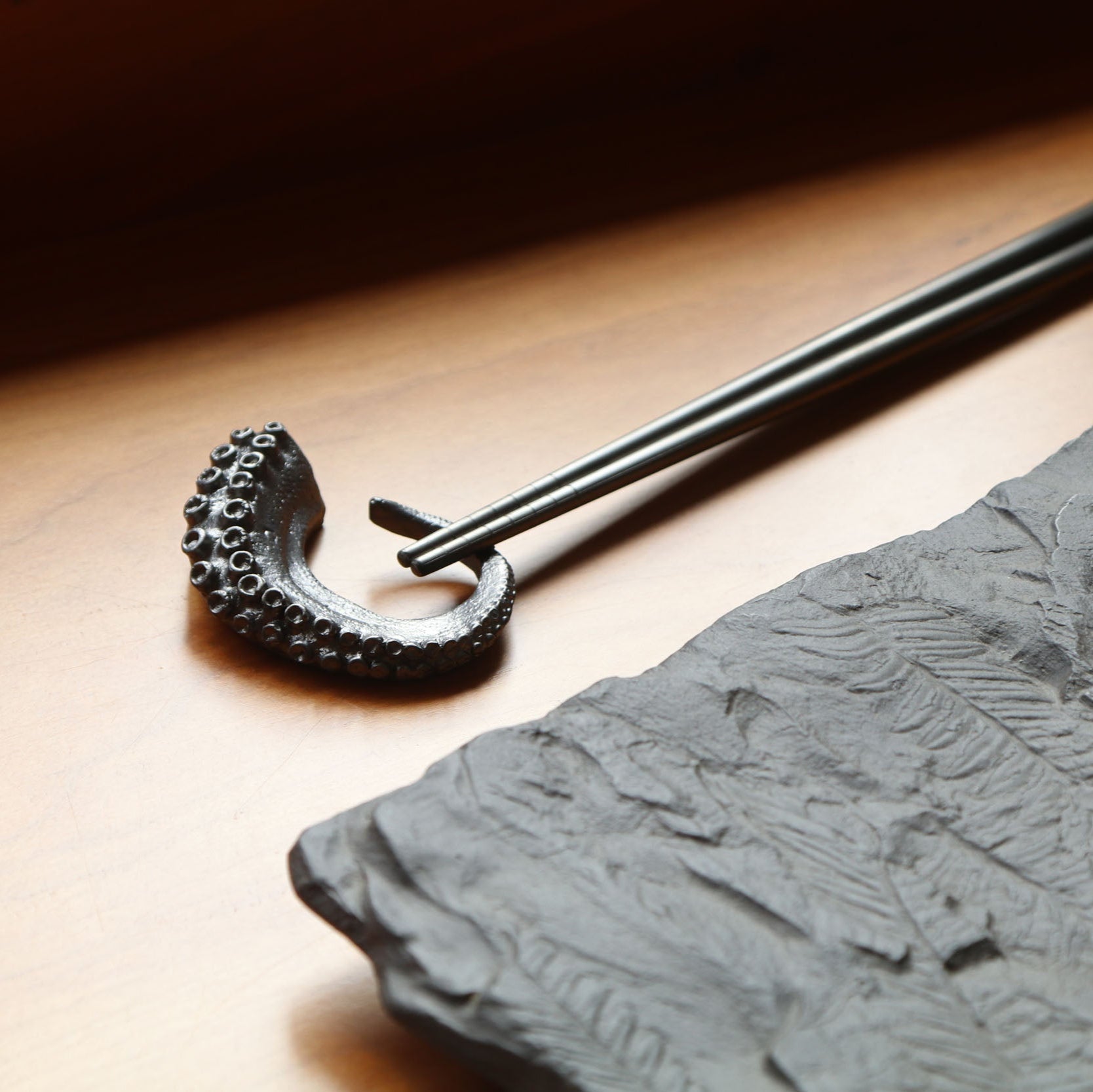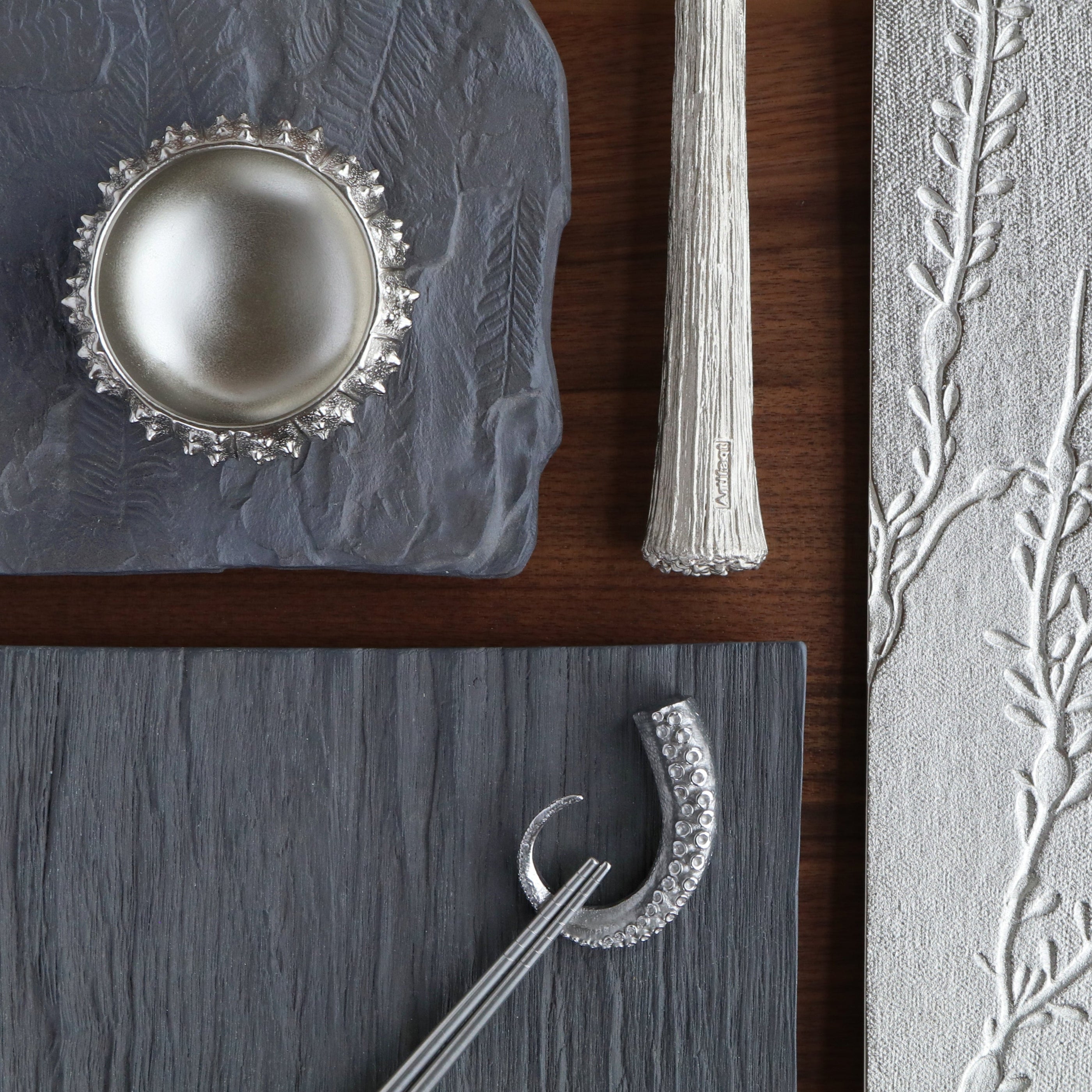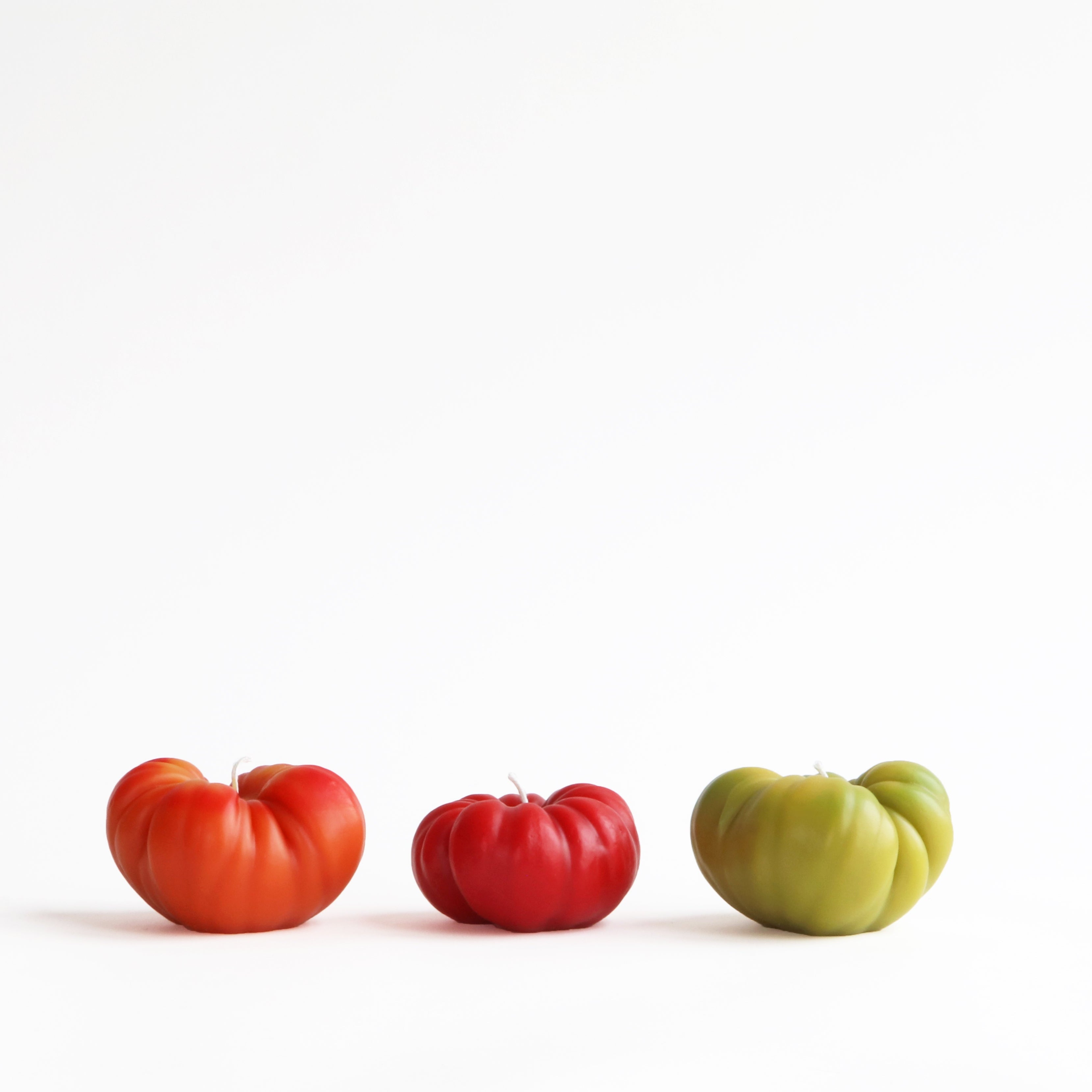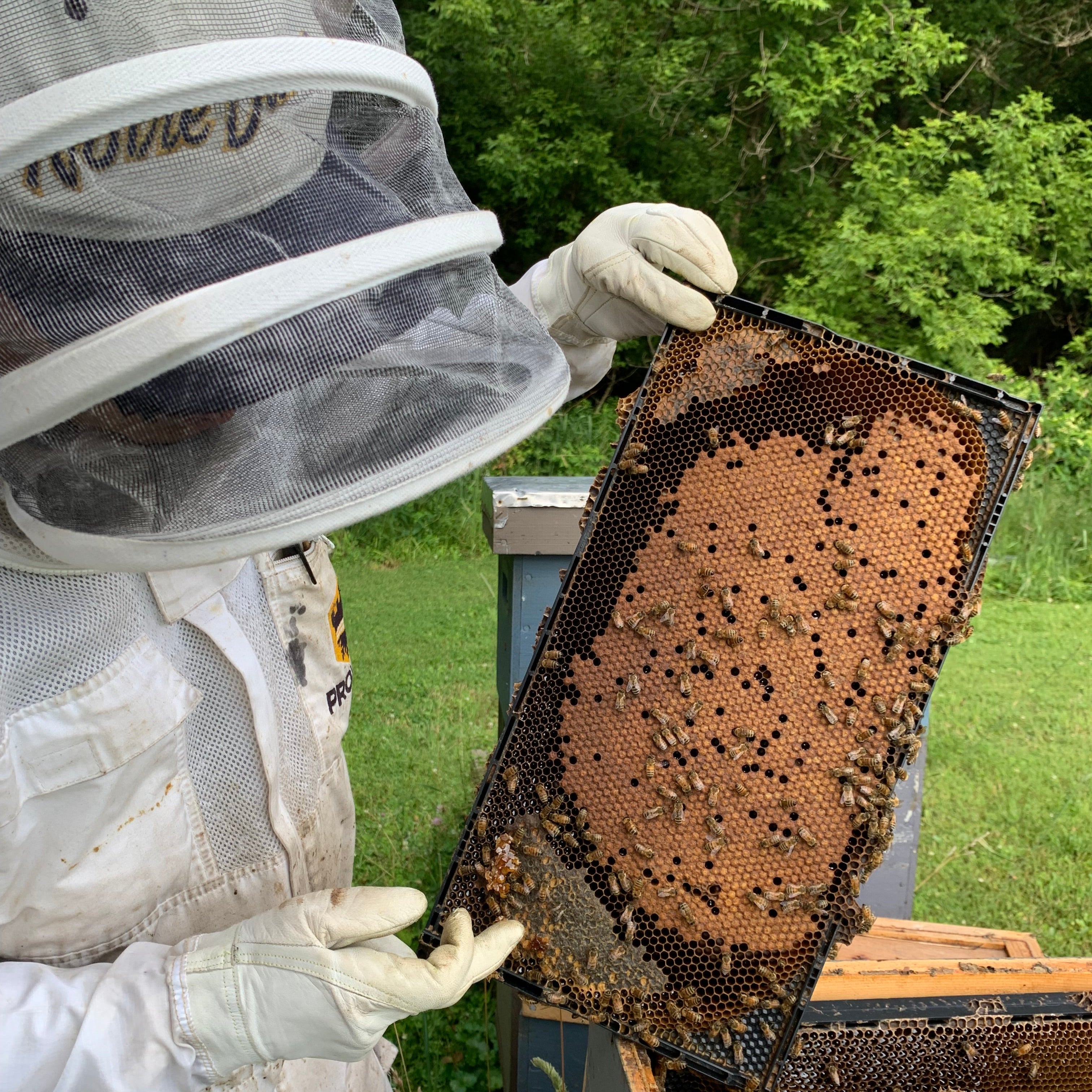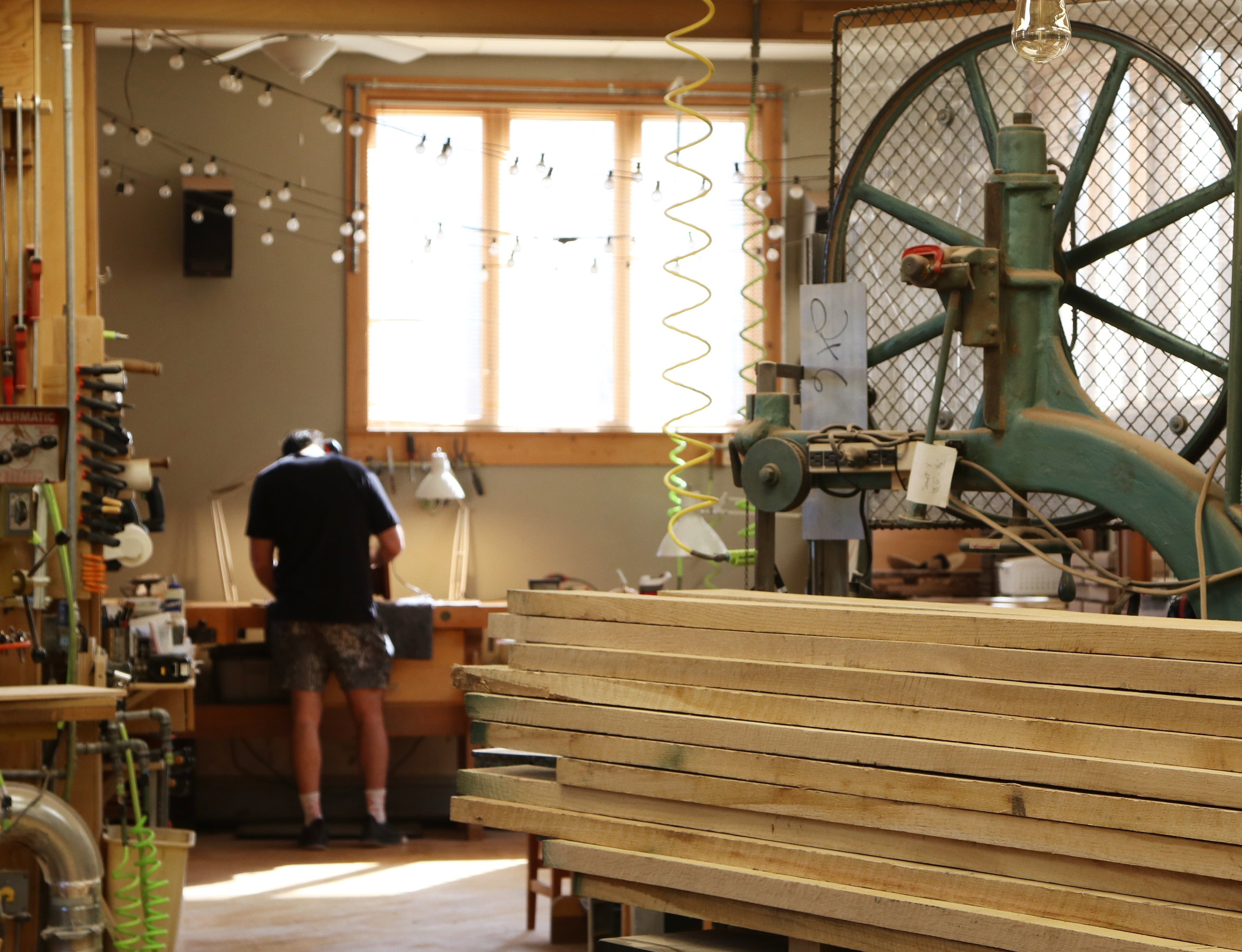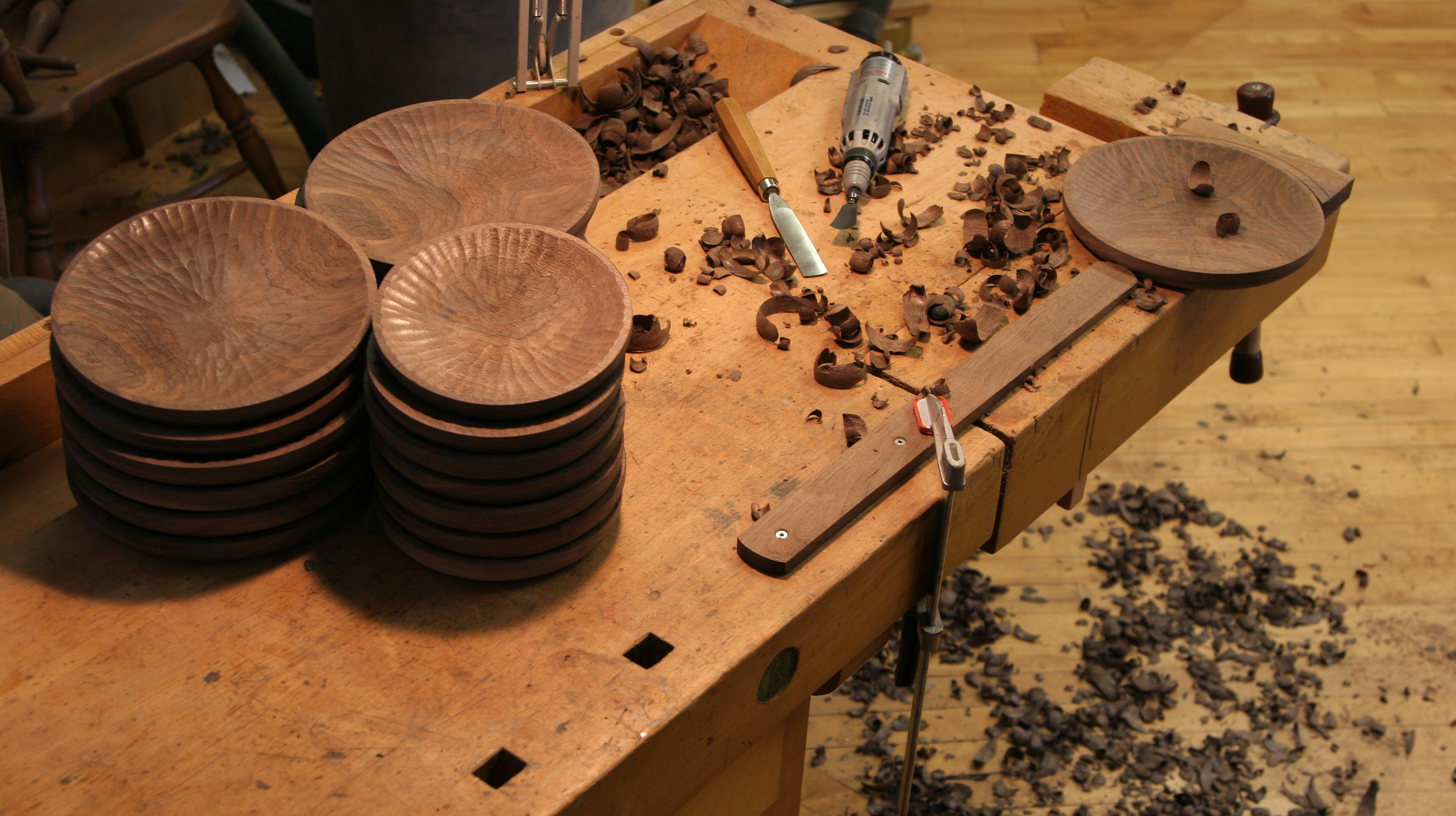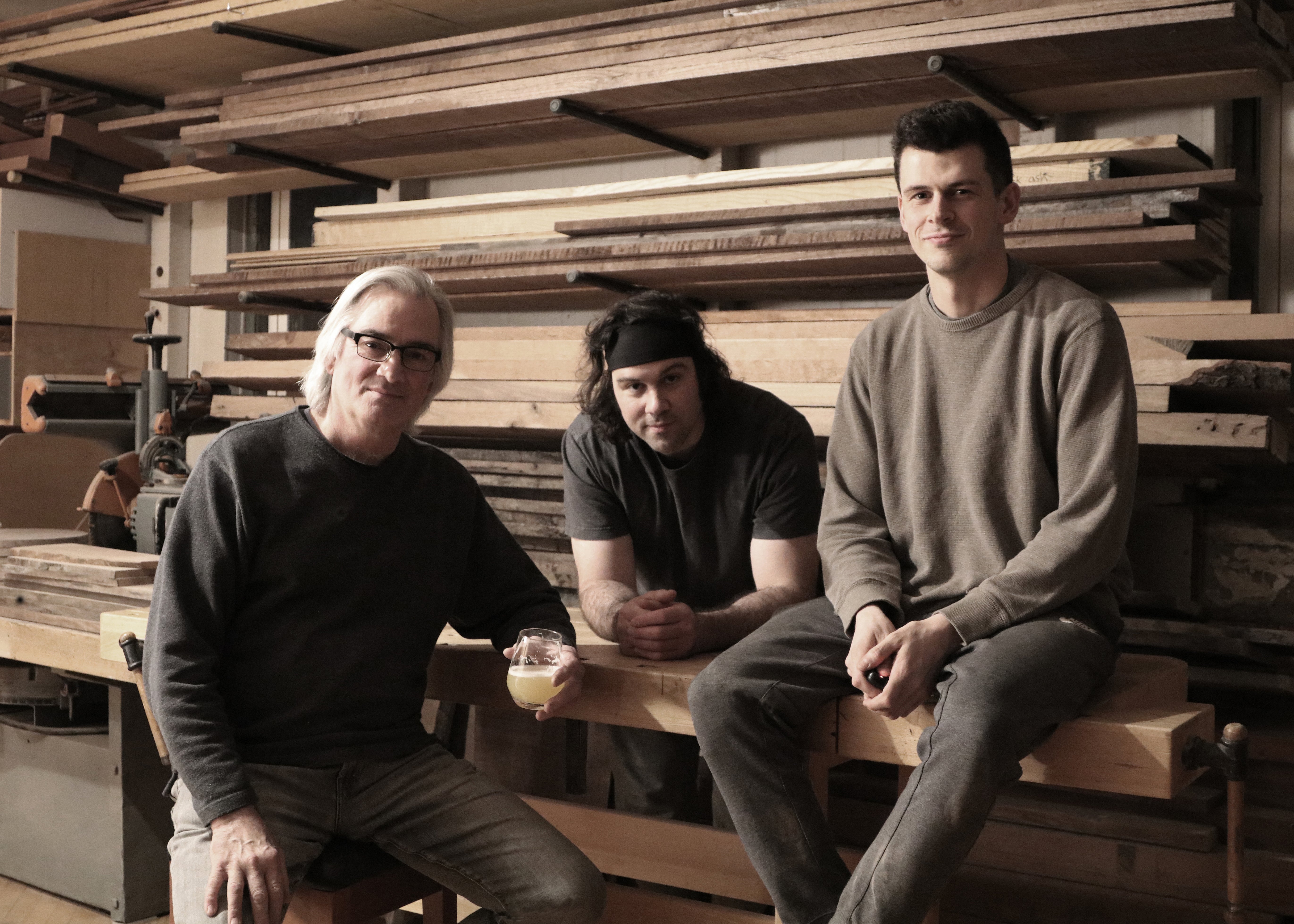our story
My creativity has never found expression through writing, but I want to tell you
some about the objects you see here and our studio.
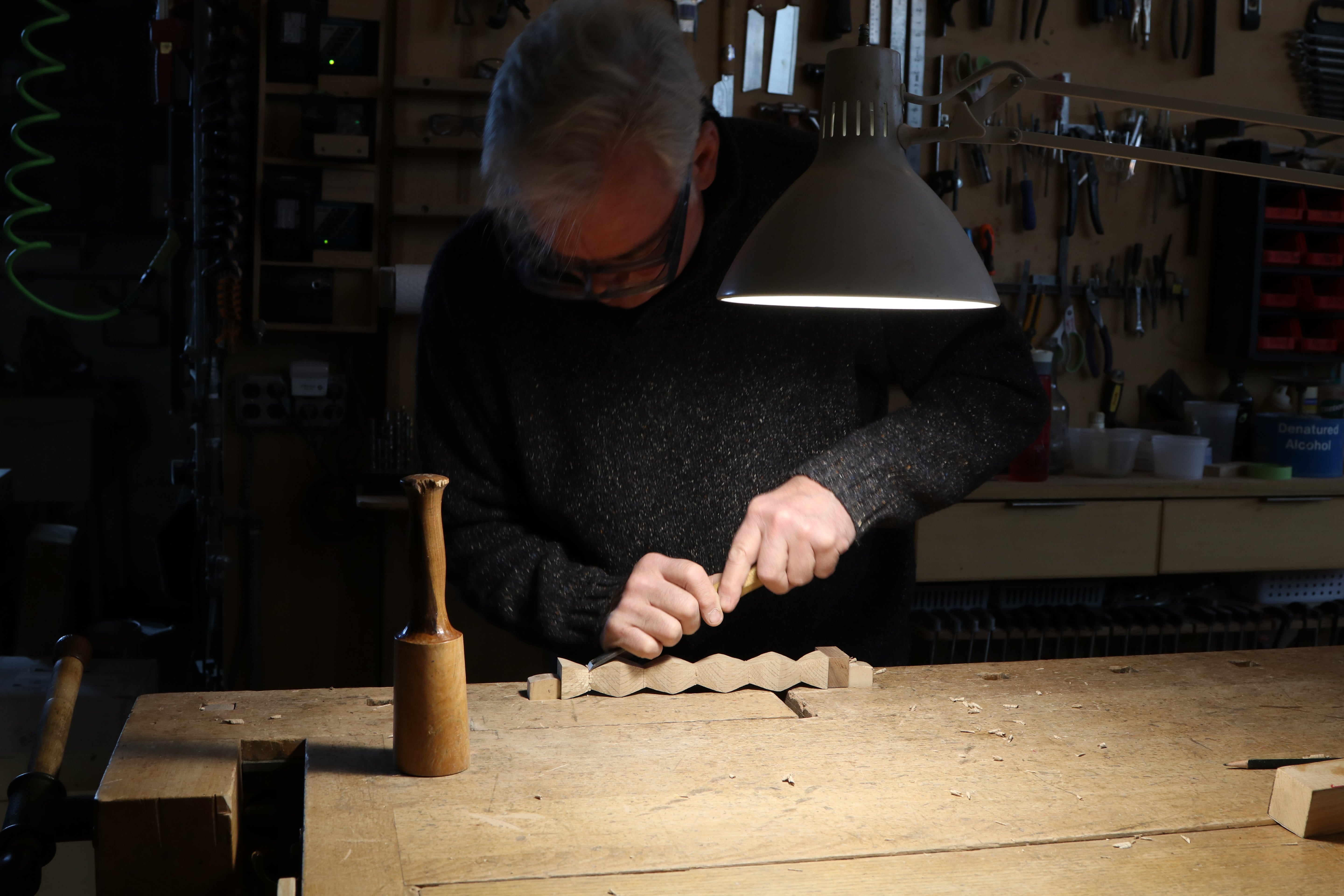
My name is John Luttmann. I am a sculptor, woodworker and industrial designer – self-taught in all. I have designed signage, sculpture, furniture and décor for Disney hotels and restaurants for decades. Artifaqt was launched in 2005 to offer home goods of our own design. The studio is led by myself and two of my sons. We handcraft everything you see in Phoenixville, PA.
ar·ti·faqt
I have always had a particular fondness for useful items made beautifully. Arguing the differences between art and craft is not nearly so interesting as finding the two in perfect co-existence.
We work to reshape the relationship we have to the objects we own.
Artifaqts are objects made by man. Objects made to be cherished.
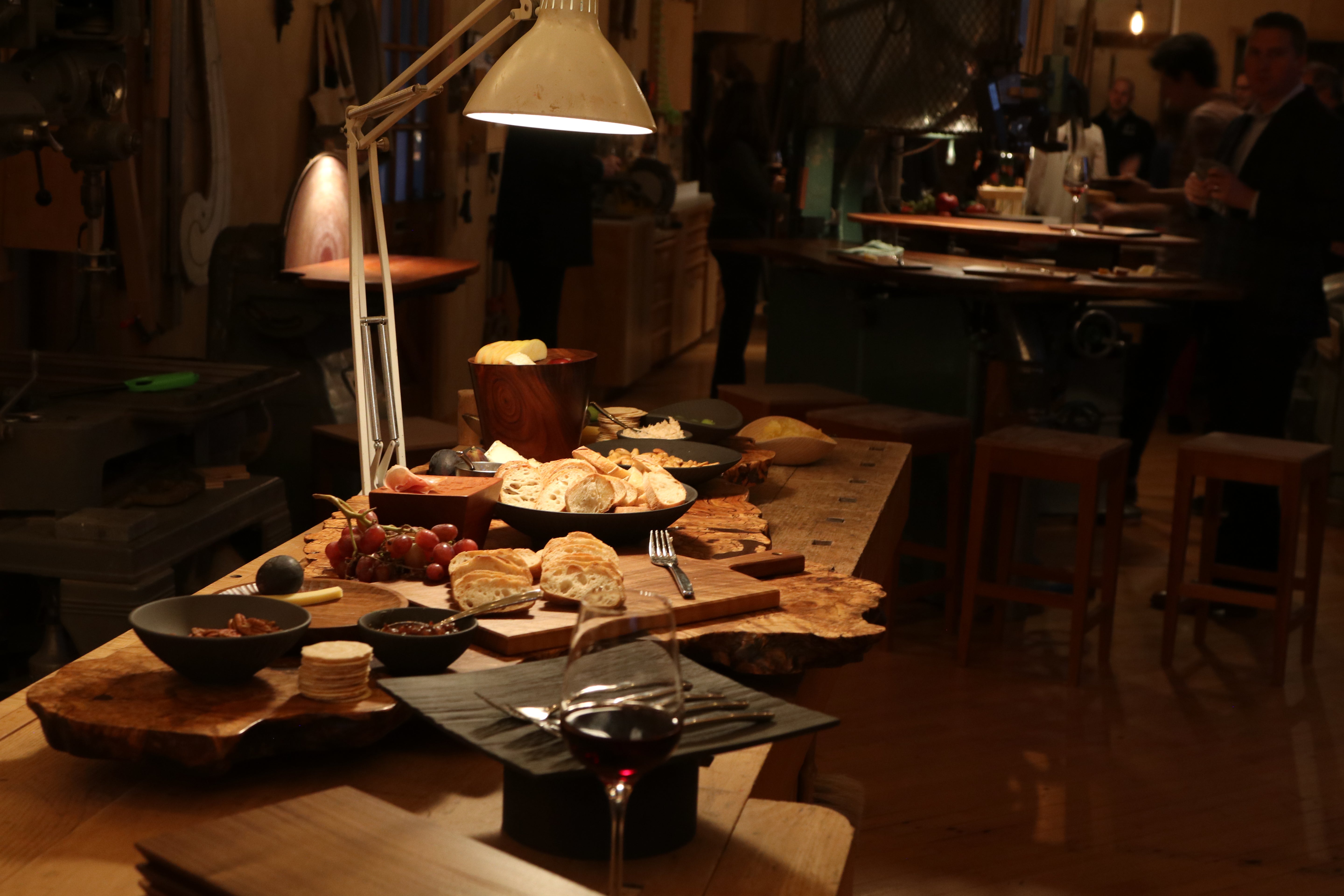
Designed for
moments of gathering
We make for our favorite moments of life - gathered around the table with friends and family.



